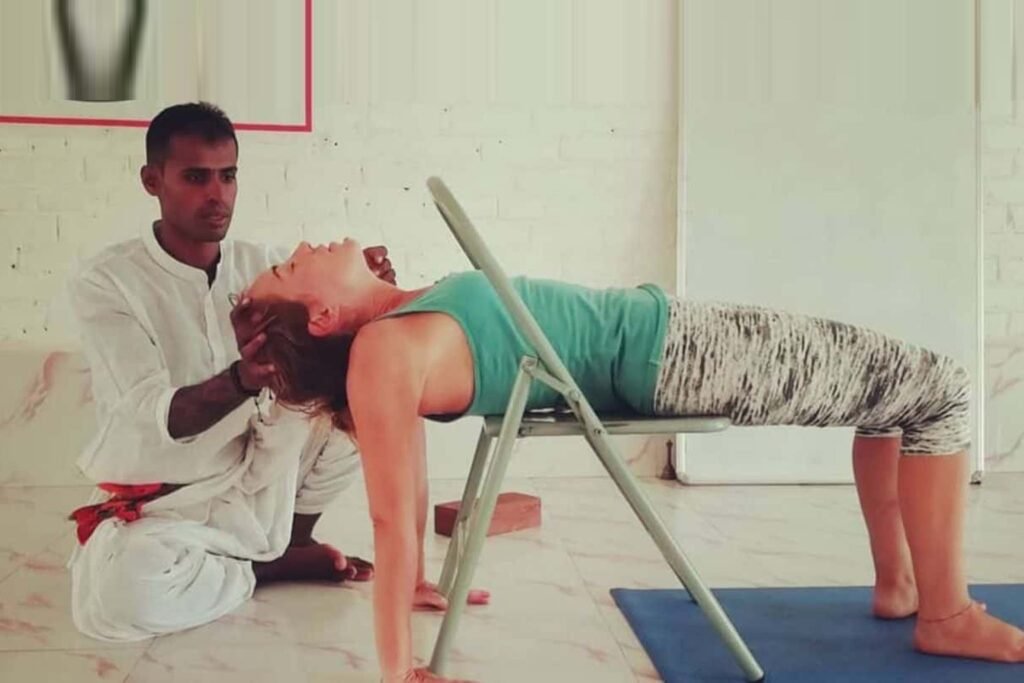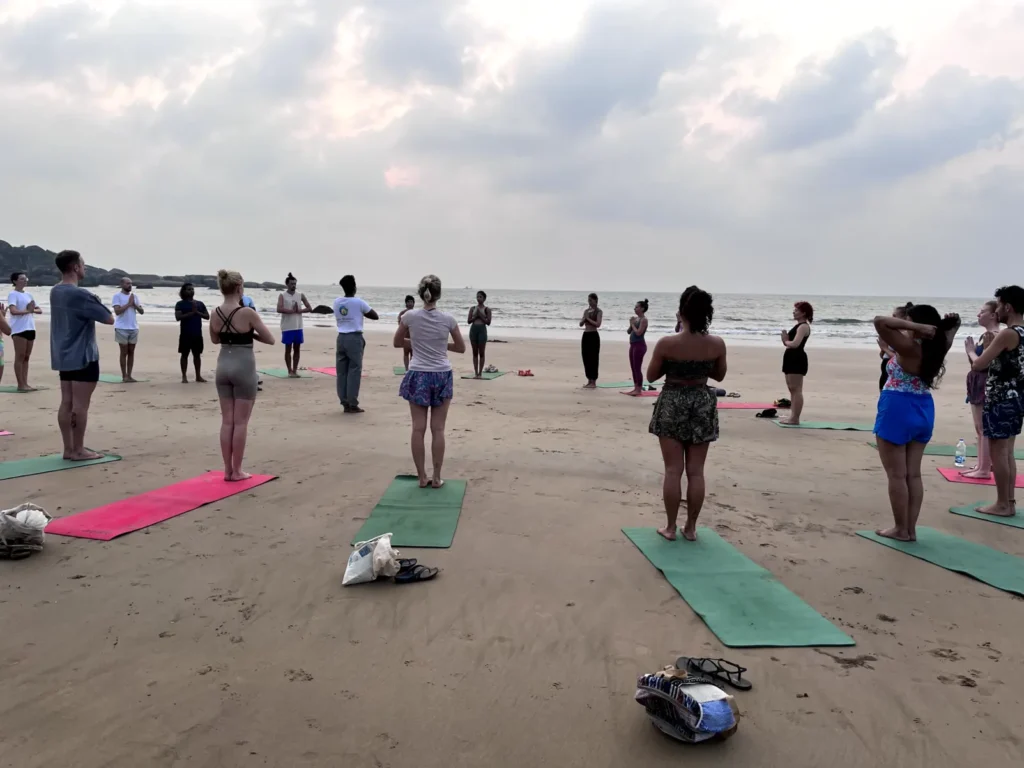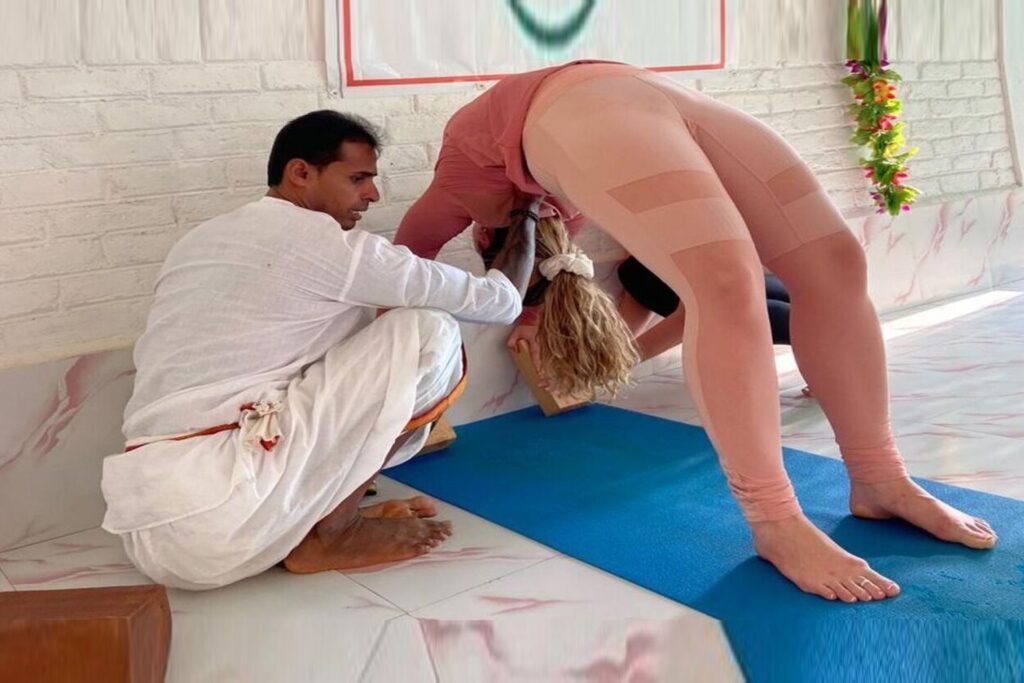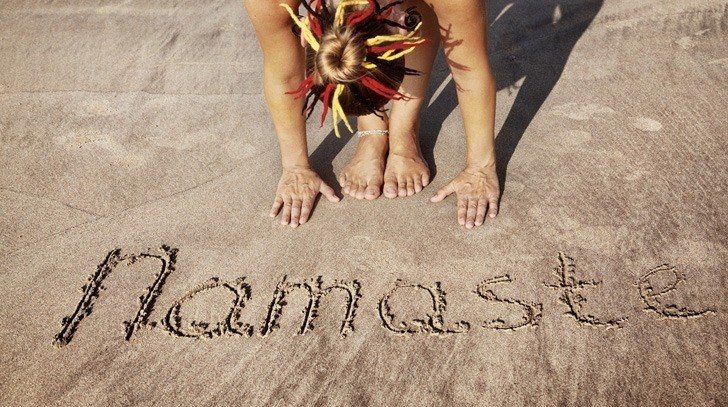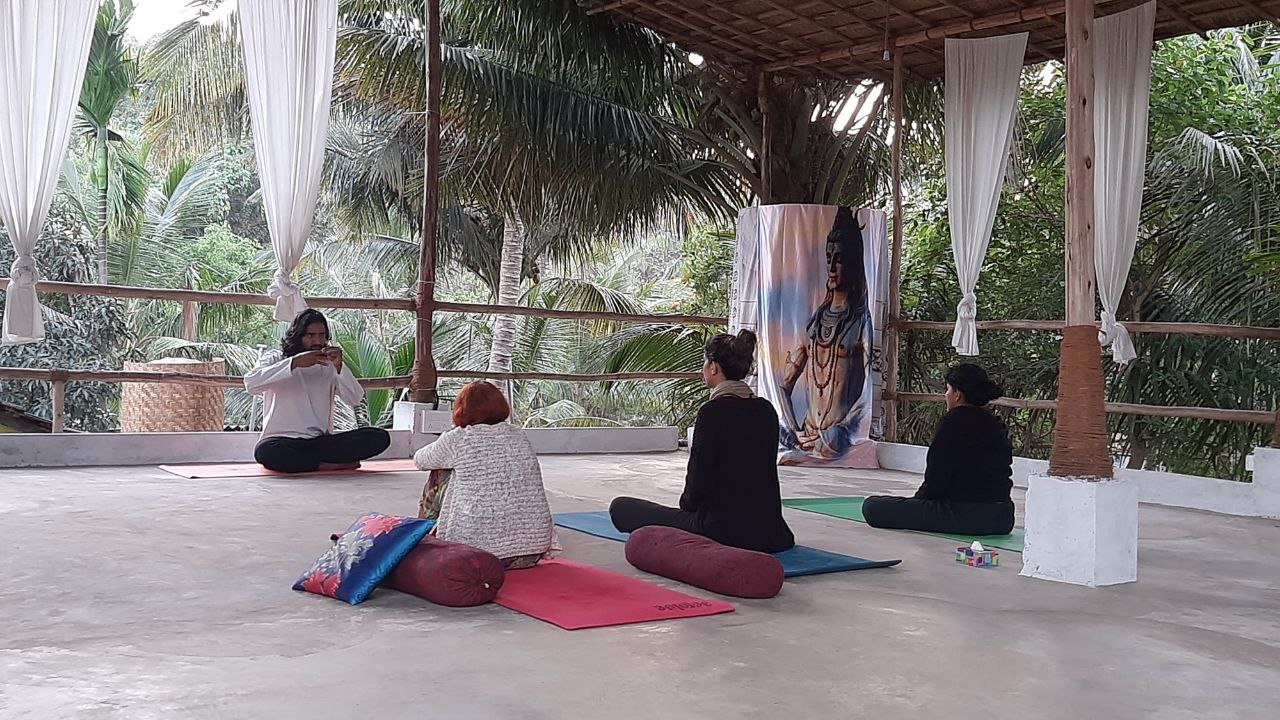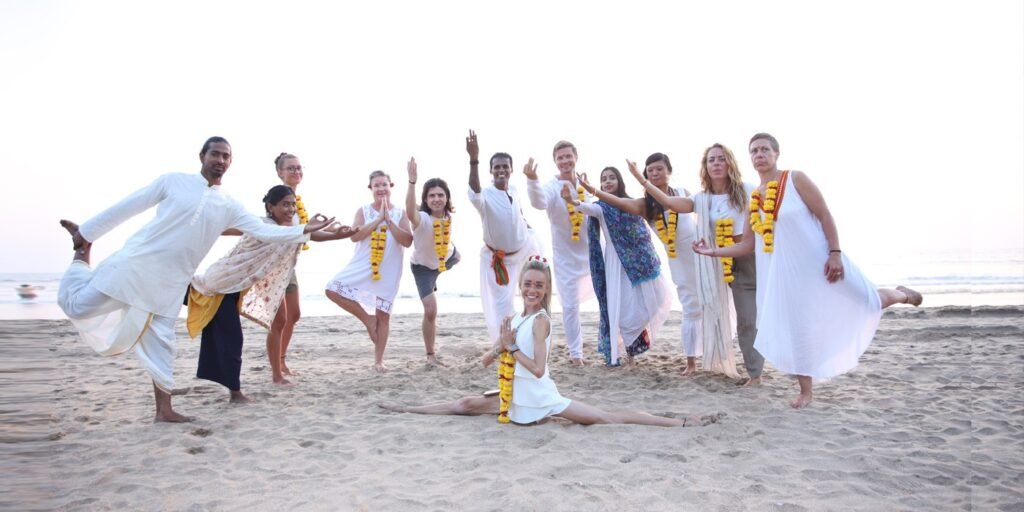As an avid yoga practitioner, you might have often come across the word ‘Namaste’. Yoga instructors use this Sanskrit word to end a yoga class. Yoga teachers bow before the class and say the word ‘Namaste’ to conclude a yoga session. In India, the word Namaste is used quite often as a way of greeting people and is innately understood as well.
In Western countries, however, this hallowed salutation is said without understanding adn fully knowing its real meaning and appropriate use.
This post will throw light on the meaning and other key components of this divine salutation. Besides, we will also explore how and when to use this Indian word in context.
THE DEFINITION AND MEANING OF NAMASTE
Namaste can be construed as an expression of respect and appreciation towards other people. This Sanskrit word can also be used as a “hello” to greet someone and even when you are parting with someone. So, instead of saying goodbyes, people in India prefer saying Namaste before they see off someone.
The word Namaste is derived from ‘Namah’ which translates to adoration or bow and ‘Te’ represents “to you”. This literally translates into “I humbly bow before you”. As per yogic teachings, every individual carries within himself a divine spark called ‘Brahman’ or ‘Atman’ So, going by this meaning, in yogic parlance, Namaste can be construed as the “sacred spark within me is bowing to the divinity residing within you”.
Pronounced as “Nah-mah-stey”, Namaste is said with a slight bow and both hands pressed together in a prayer position or in Anjali Mudra. Your eyes can either be closed or open to gaze at the other person. In terms of yoga, a class usually concludes when the teacher salutes the class while bowing in a Namaste. The students also reciprocate by bowing together and saying Namaste. This way, the students display respect, gratitude, kindness and love towards their teacher.
THE NAMASTE GESTURE
The hand gesture that goes with a Namaste bow is denoted as ‘Anjali Mudra’ in yogic philosophy. Yoga traditions use this gesture as a mark of respect and as a greeting of peace gesture. Our hands are brought together towards the heart chakra which entails the flow of sacred love, empathy and kindness. By bowing our heads and closing our eyes, we surrender to the hallowed sanctity that resides in each one of us. By displaying such a gesture, we honor the divinity in each other and show our gratitude for being alive souls.
SHOULD YOU ALWAYS SAY NAMASTE?
Although Namaste is a way to shower respect towards your yoga teacher and others, especially in India, it’s actually not a mandatory practice. So, just like an ‘Om’ chanting, if you are not okay with saying the word Namaste at the end of your yoga session, it’s perfectly alright to simply bow silently. Alternatively, you can whisper or say another word to yourself that has similar connotations for you. Besides, there can be many arguments on not using the word Namaste as you may not feel right about using it. As a yoga practitioner not belonging to India, you may not fully understand the meaning and intent of the ‘Namaste’ word. Besides, you might feel that your religious beliefs do not align with the word Namaste. Lastly, you might feel that you are a beginner in yoga who does not fully understand or embody the true meaning of this divine word.
However, if you happen to travel to India and particularly Goa, then some of the best yoga teacher training courses in Goa will help you fully understand the meaning and proper usage of the word ‘Namaste’. In fact, these yoga teacher training programs such as the 200 Hour yoga TTC Goa programs are quite exhaustive and intensive where you will be learning about yogic philosophy, yoga asanas, and various breathing techniques and how they affect body anatomy and physiology, various Bandhas, Kriyas and such other yogic knowledge. So, embodying the true essence of the word Namaste is just a tiny speck of knowledge in the vast ocean of yogic teachings that you stand to gain in such programs.
PROPER USAGE OF NAMASTE
The word Namaste can be a way to say ‘hello’, ‘I see you’, ‘we are equal’ or ‘we are one’.
However, when you are not sure when to express this word appropriately, then let us enlighten you that there is actually no right way to utter the word Namaste as long as it is used as a way to show gratitude or respect. Furthermore, you need to pronounce the word Nah-mah-stey to honor its true meaning.
In yoga parlance, we bow our heads slightly and bring both hands to close together at the heart center or in Anjali Mudra. This helps us engage with the intent of expressing gratitude and respect while also helping us internalize the energy adn true essence behind this divine Sanskrit word.
However, did you know that you can still say Namaste without even saying the word? Well, you can simply employ Anjali Mudra with or without bowing your head to either greet someone or show respect to the other person. You need not say the Namaste word aloud in some instances.
It’s all up to you to decide whether to incorporate Namaste into your yoga practice. Also, using the word while interacting with others is also discretionary. Moreover, there can be circumstances and times when you can convey a Namaste even without saying the word aloud if you choose to do so.
You’re Takeaway!
Now, when you hear and say the word ‘Namaste’, think of it as a way of showing gratitude towards your inner consciousness and an awareness of self. As an alma mater of yogic knowledge, we would encourage you to say ‘Namaste’ although it might look obscure to you as a student initially. However, offering Namaste can help tap into your curiosity leading you further into yoga while you seek a deeper meaning and an innate understanding of your yoga experience.


